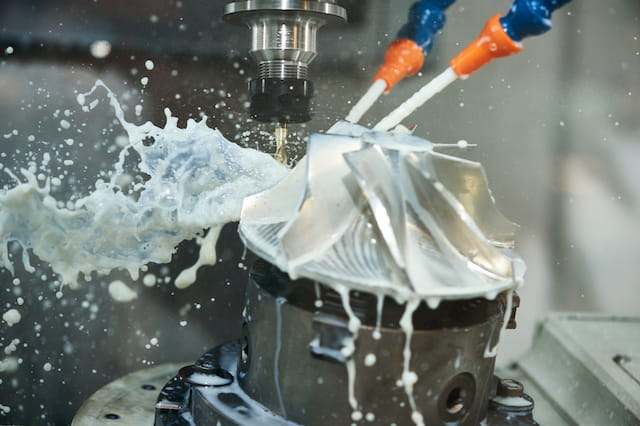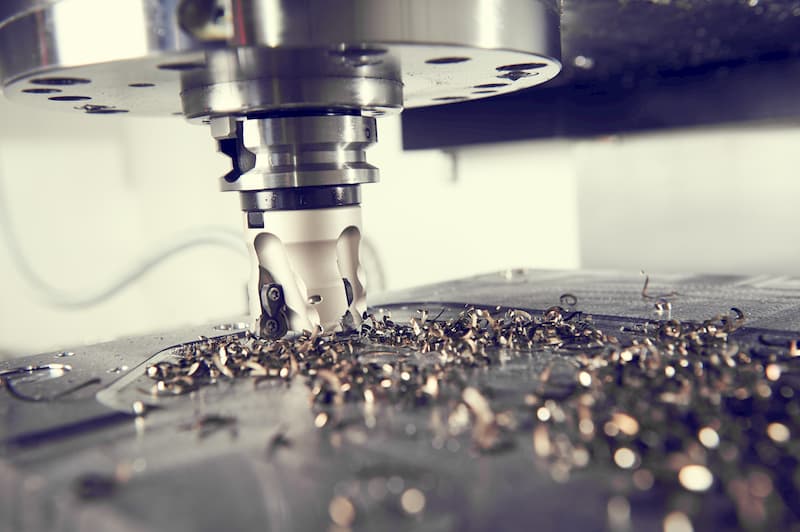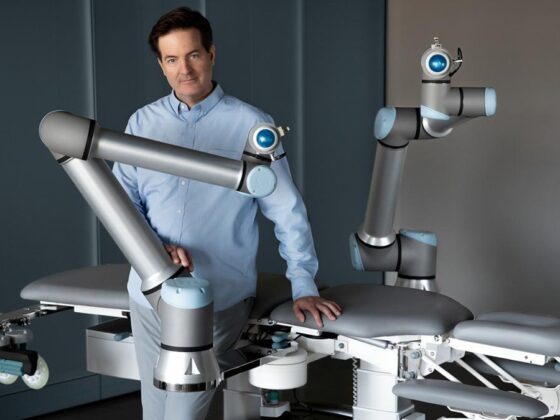In the realm of modern manufacturing, CNC machining stands out as a cornerstone of precision and innovation. This technology, which marries computer programming with traditional machining techniques, empowers manufacturers to create intricate components with unrivaled accuracy.
Gone are the days of manual labor and guesswork; CNC—or Computer Numerical Control—machines translate digital designs into tangible products, carving, milling, and shaping materials with remarkable finesse. From the aerospace industry to medical devices, the implications of CNC machining extend across a spectrum of applications, driving efficiency and ensuring quality at every turn.
But how does this intricate dance of technology and artistry unfold? In this article, we’ll delve into the mechanics and methodologies that underpin CNC machining, illuminating the extraordinary technology that fuels precision manufacturing in today’s fast-paced world.
The Evolution of Machining Techniques

The evolution of machining techniques has been nothing short of revolutionary, reshaping how industries approach precision manufacturing. In the early days, craftsmen relied on manual tools, chisels, and rudimentary lathes, where skill and experience dictated the quality of the work.
As industrial needs surged, so did innovation; the introduction of milling machines in the 19th century marked a pivotal turning point, enabling more complex geometries and improving efficiency. Fast forward to the late 20th century, the advent of Computer Numerical Control (CNC) machining added a layer of sophistication that transformed the landscape entirely.
Today, CNC machines—armed with advanced software and automation—offer capabilities that were once unimaginable, capable of cutting materials at incredible speeds while maintaining tolerances within microns. The integration of cnc service into manufacturing processes underscores this transformation, providing industries with unparalleled precision and efficiency.
The journey from manual craftsmanship to high-tech precision highlights not just technological advancement but also the relentless pursuit of perfection in manufacturing.
Tools and Materials Used in CNC Machining

In the realm of CNC machining, a diverse array of tools and materials come together to create intricate designs with remarkable precision. At the heart of the process are cutting tools—end mills, drills, and lathes—crafted from durable materials such as high-speed steel and carbide, each designed for specific tasks and materials.
These tools operate in unison with an array of advanced CNC machines, including milling machines that carve and shape materials, and lathes that spin materials to achieve cylindrical forms. The choice of materials is equally crucial; metals like aluminum and steel, polymers, and even composites can be expertly manipulated to meet stringent engineering requirements.
Beyond the machinery itself, the integration of software for design and simulation significantly enhances efficiency, allowing operators to visualize cuts before the blade ever touches the material. This blend of sophisticated technology and versatile materials not only democratizes precision manufacturing but also paves the way for innovation across myriad industries.
Future Trends in CNC Technology

As we look to the horizon of CNC technology, several transformative trends are shaping the future of precision manufacturing. One of the most exciting developments is the integration of artificial intelligence and machine learning which promises to revolutionize the programming and operational efficiency of CNC machines.
Imagine machines that not only detect anomalies in real-time but also adapt their processes for optimal performance! Additionally, the rise of cloud-based CNC solutions is paving the way for unprecedented collaboration across the supply chain, allowing for remote monitoring and control. We’re also witnessing a surge in multi-axis machining capabilities, which significantly enhance design possibilities, enabling manufacturers to craft intricate geometries with ease.
And lets not forget the increasing adoption of sustainable practices, where eco-friendly materials and processes are becoming not just an option but a necessity. The future of CNC machining is not merely about enhanced precision; it’s a bold leap towards smarter, more interconnected, and environmentally conscious manufacturing paradigms.
Conclusion
In conclusion, CNC machining represents a cornerstone of precision manufacturing, merging advanced technology with unparalleled accuracy to produce intricate components across various industries. By employing computer numerical control, manufacturers can optimize processes, reduce waste, and achieve consistent quality in their products.
The versatility and efficiency of CNC machining make it a vital solution for businesses looking to enhance their manufacturing capabilities. Whether you’re a large-scale operation or a small enterprise, investing in CNC services can significantly streamline your production processes and elevate the quality of your outputs, ultimately driving success and innovation in todays competitive market.


